Revitalizing the Dutch Southern Water Defence
The Southern Water Defence Line is a large system of defensive water lines largely created in the Eighty Years War (1568-1648). A group of three Archaeology master's students investigated how to turn the Defence Line's features into living heritage.
In 2019 a new master's specialisation was introduced at the Faculty of Archaeology, Leiden University: Applied Archaeology. An important focus of this specialisation is to challenge students to look beyond our archaeological fieldwork and research.
Between the 7th and 9th of September 2020 we, three students Applied Archaeology, were asked to join a workshop together with master's students Landscape Architecture from TU Delft. The workshop was organised as part of the Living Lab Zuiderwaterlinie (Southern Water Defence Line) which is part of the national manifestation Dutch Landscape Triennial 2021. The interdisciplinary workshop (student hub) was facilitated by the Centre for Global Heritage and Development.
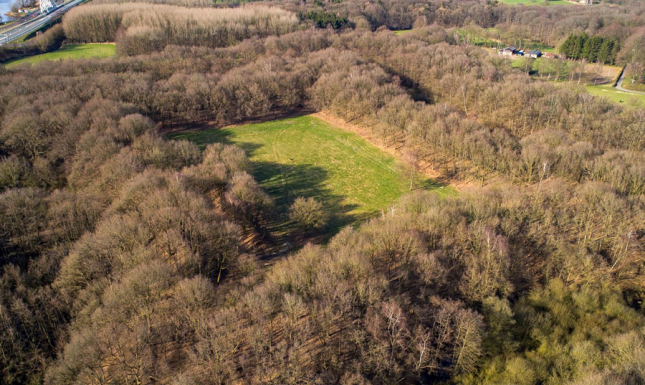
Day 1
The first day, we travelled to Breda to get acquainted with the area and visit the structures. Lectures from local experts from Staatsbosbeheer, the Municipality of Breda, a landscape architect and a watermanagement- and heritage professional gave us a better understanding of the landscape. After that, smaller groups were formed that each focused on one of the themes: Tourism and Heritage, Food and Heritage and Water and Heritage.
We continued with the most important part of the day: exploring the landscape. Cycling on our yellow and blue OV-bikes to all the different structures, more information was gathered and photographs were made that could later be used in the designs. We visited the Spinolaschans, the Kleine Schans, the Zwarte Dijk (black dike), the Vuchtpolder, the Linie van Den Hout and the Linie van den Munnikenhof.
After being inspired by the landscape and experiencing the structures by our self it was time for a first brainstorm session where the perceptions of what was seen were discussed and the first ideas were formulated.
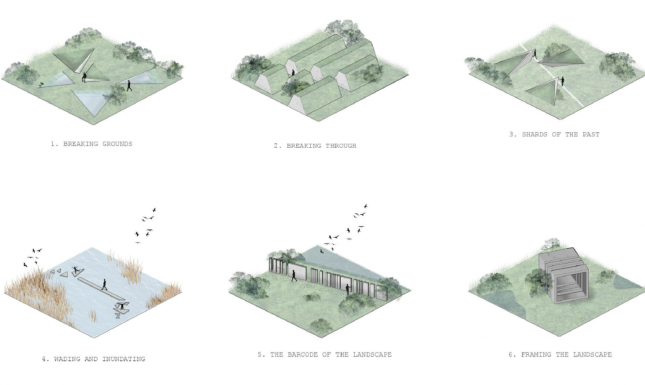

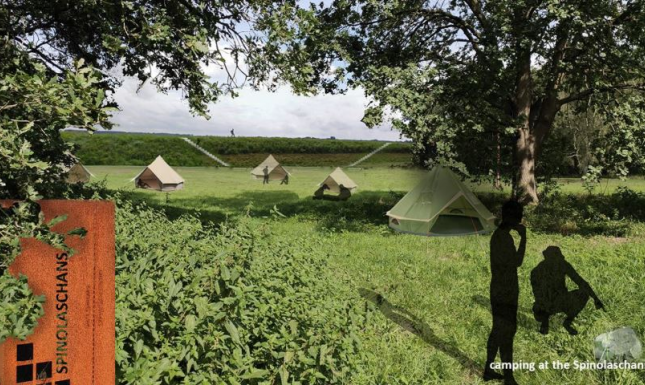

Day 2
Due to the ongoing pandemic day two of the blended workshop was online. ‘Our clients’ (Projectbureau Zuiderwaterlinie, State Forestry Service (Staatsbosbeheer) and the municipalities of Breda and Drimmelen) defined the following assignment: design innovative ideas for a new future for this heritage landscape! During many online meetings and discussions and Q&A-sessions with experts the first ideas came up. Next the ideas came to life in creative visualizations, inspired by the heritage present in the landscape and the information from local stakeholders.
Day 3
The last day, all designs were completed and the groups with the same theme worked together on finishing the presentations that were pitched at the end of the day to the State Forest Service and aldermen of the municipality in the city hall of Breda. The plans were shortly discussed whereby the clients indicated that they were impressed by the many diverse and inspirational ideas.
Working together and sharing perspectives with students that have a very different background and expertise and another perception of a landscape, is of great value. Whilst the Landscape Architecture students saw the landscape first and then focused on the structures, we were more focused on the historical structures and only later on the landscape as a whole. Because of the interdisciplinary approach of the workshop, the landscape was seen in a new perspective to all participants, with interesting and inspiring landscape designs as a result. Designs in which we were able to bring the past into the future in such a way that it becomes ‘living heritage’.




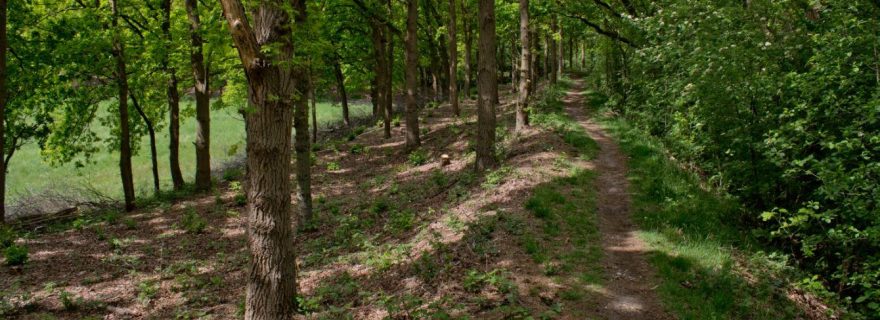
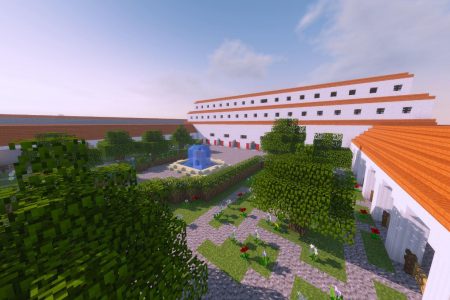
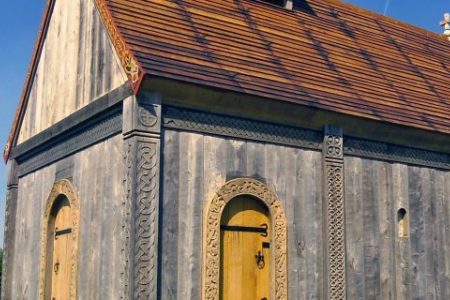

0 Comments
Add a comment